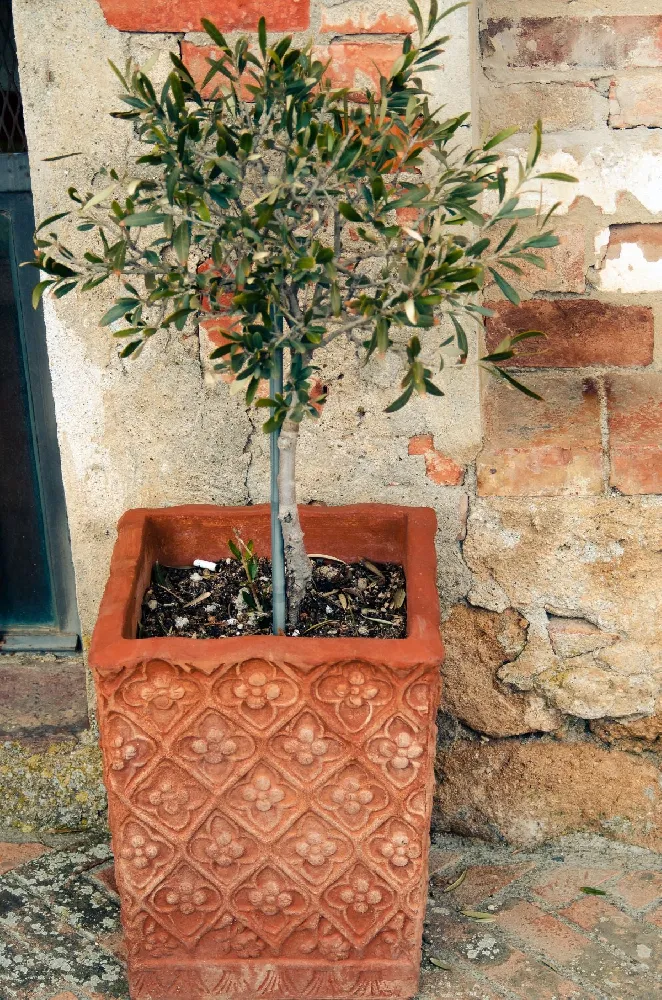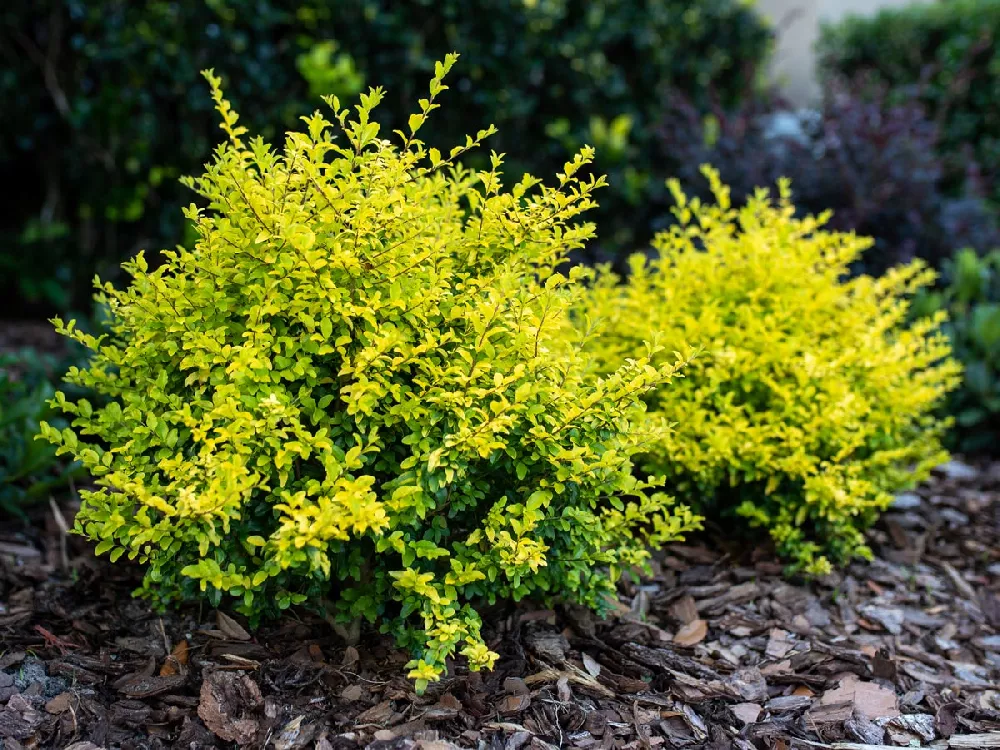- Home >
- Ornamental Plants >
- Chinese Privet Trees
Chinese Privet Tree for Sale - Buying & Growing Guide
The Chinese privet tree is one of the most reliable plants you can own. It will adapt well to a wide range of soil conditions and often survives with minimal maintenance. This plant species, known in the botanical world as Ligustrum sinense, is the ideal plant to use in hedges and large plant massings. However, the Chinese privet tree can provide much more than a background of lush deciduous foliage. This plant will also catch your eye with its many white flower clusters that appear during late spring and early summer.
- The Chinese privet tree can adapt to many different growing locations.
- It is an excellent plant to use for hedges.
- It blooms with fluffy white flowers
Enter your zip code to find nearby stores that may carry this plant.
Plant Care
Sunlight

The Chinese privet tree can grow well in both full sunlight and partial shade conditions.
Watering
Water often and deeply when young. Water about once per week when mature.
Fertilizing

Fertilize in spring with a fertilizer blend that is highest in nitrogen.
Planting and Care
Planting instructions
You should not have a difficult time finding an area in which your Chinese privet tree will thrive. In fact, the bigger concern when growing this plant is keeping it under control — it can thrive and spread in many soil conditions, including wet and dry soils, soils that range from acidic to alkaline, and soils that have low-nutrient density. Likewise, the Chinese privet tree will also adapt to varying degrees of sun exposure, from over six hours of direct light per day down to about four hours.
Watering and nutrients
Young Chinese privet trees will enjoy deep waterings that occur multiple times per week. Once you notice your plant has adapted to its new growing location, you’ll likely also notice that it has developed a strong resistance to drought. But while the Chinese privet is quite a drought-tolerant plant, it will display its best growth when it receives water about once per week. Fertilization should occur once per year during the spring. When feeding, use a fertilizer that is highest in nitrogen, followed by potassium, then phosphorus.
Pollination
In late spring, the Chinese privet tree holds plenty of flowers that attract pollinator insects. Those flowers are bisexual, meaning that they hold both male and female reproductive structures, which allows them to self-pollinate rather than relying on an additional pollinator plant companion for cross-pollination. When pollination occurs, the Chinese privet tree will begin to develop a set of dark blue berries that will reach their maturity in the months that span late summer and early fall.
Pruning
Without pruning, the Chinese privet tree can take on a somewhat unkempt form. This irregularity may be acceptable if your plant is part of a larger hedge planting scheme. However, if you grow this on its own, you’ll likely want to use pruning to shape this plant and keep it looking its best. Overall, the pruning needs for this plant can be somewhat high. In some cases, you may need to prune your Chinese privet tree multiple times following the bloom period to keep it in check.
Pests, diseases, and animals
Although the Chinese privet tree is generally a resilient and vigorous plant, it can run into several issues regarding pests and diseases. In the former category, whiteflies, scale insects, mites, and weevils are the insects most likely to cause an infestation in your tree. In the disease category, you should remain on the lookout for signs of powdery mildew, canker, and root rot. The last of those afflictions is most common for those who overwater their Chinese privet tree.
Achieving maximum results
The greatest concern by far when growing a Chinese privet tree is keeping it under control. Without supervision, this plant will expand and spread quickly wherever it can find favorable growing conditions. You will need to use diligent pruning measures to control the size of this plant. Additionally, you should know that the Chinese privet comes in more than one variety, and some varieties can have variegated leaves that add to the overall visual appeal of this plant.
FAQs
Is the Chinese privet tree invasive?
Is the Chinese privet tree poisonous?
Not only is the Chinese privet tree an invasive species in many locations, but it is also a somewhat dangerous plant. This species contains poison, especially in its berries. The amount of poison that the Chinese privet fruits hold is considered to be moderate. However, eating enough of these fruits can cause a serious reaction. As such, you should never eat any part of this plant or allow pets or children to do so.
What are some functional ways to use Chinese privet?
While many people plant the Chinese privet tree for its visual appeal, this plant can serve several more practical roles as well. Mainly, the Chinese privet is an excellent plant to use for erosion control. The adaptability and strong root system of this plant allow it to hold soil in place quite well. Chinese privet trees can also work well in windbreaks and as a part of privacy hedges.
Compare Similar Products
You can't add more Product Name - Product size to the cart.
OK







